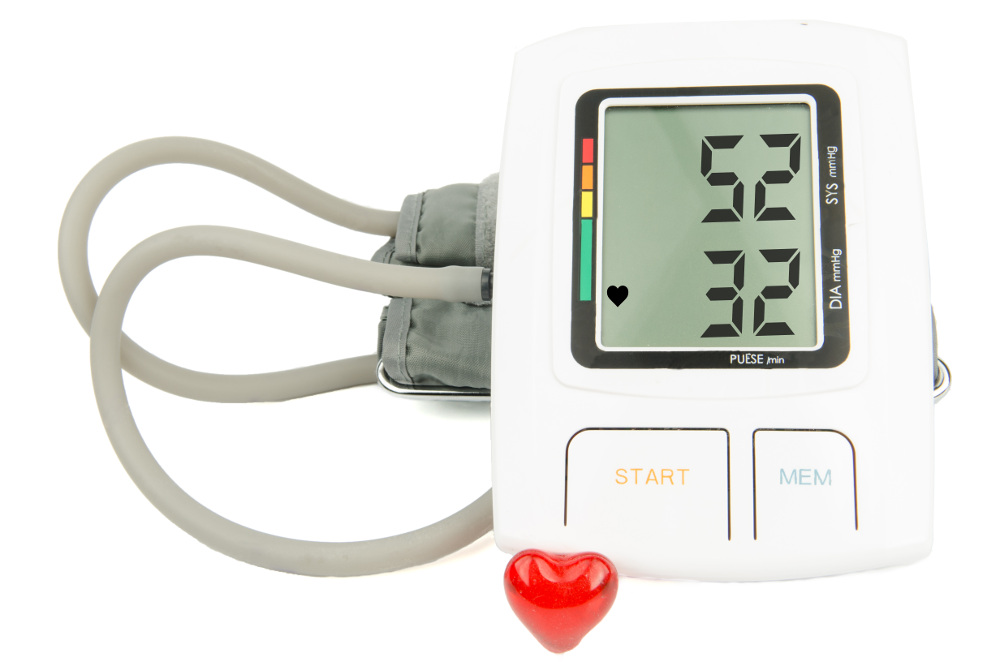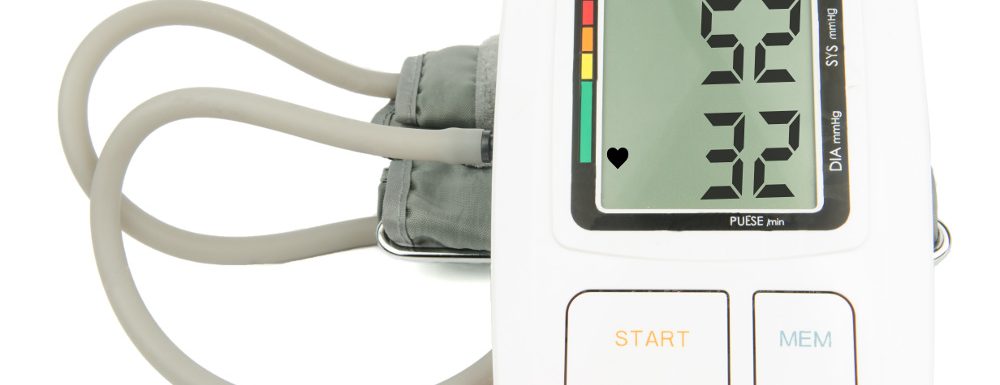
If you’ve decided to measure your blood pressure at home but you’ve never tried it before, the whole process might seem a little daunting. Don’t panic – measuring blood pressure is actually a very simple procedure that can be completed in a matter of minutes.
The first thing you need to do is to choose a blood pressure monitor, or to give them their official name: a sphygmomanometer. You need to ensure you’re choosing a model that offers excellent accuracy and is right for what you need.
Choosing the right monitor
The most popular kind of blood pressure monitor available for home use is the fully automatic cuff. These are strapped around your upper arm where they are designed to automatically inflate and check your blood pressure. These kinds of monitors are extremely easy to use even for a beginner and they provide accurate and consistent readings.
You need to be sure that the monitor you choose is listed as being ‘clinically validated’ by the British Hypertension Society. This shows the monitor has been fully tested and has been shown to be accurate. Getting the right measurements gives you complete peace of mind about your readings and it means your doctor will have the information they need to understand your blood pressure and any problems that could be associated with it.
It’s also very important that make sure you choose the right size of monitor to suit you. Most monitors are designed to measure arms that are between 22 and 32cm but you can also purchase smaller or larger sizes if they would be more suited to you. Trying to measure with the wrong size can lead to inaccurate readings so it is definitely worth measuring your arm before you buy to make sure the size is appropriate for you.
How do they work?
Blood pressure monitors are strapped around the upper arm between the elbow and the shoulder. The cuff then inflates so that they are very tight around the arm. This cuts off the circulation entirely – an essential part of taking the measurement. This part of the measurement can feel very slightly uncomfortable as the cuff hugs very tightly to your arm, but don’t worry, this is completely normal.
Automatic blood pressure monitors are very easy to use. Once you’ve fixed the strap around your arm you simply press a button and the cuff inflates. It then de-inflates and takes the measurement without you having to make any additional input.
The monitors measure systolic and diastolic pressures – these are the two measurements that you will see on the interface. It does this using a pressure transducer; a device that reads the pressure and then converts it into an analog signal to be read on the display. Systolic pressure refers to the force of the blood as the heart beats, while diastolic pressure refers to force of blood as the heart relaxes.
There are quite large variations in individuals due to a range of different factors including your age, weight and toxins within your system, but a healthy blood pressure is generally around 120/80. The first number indicates the systolic pressure, the second number indicates the diastolic pressure.
Why you need to monitor your blood pressure
Taking a blood pressure measurement can be very useful. Having a blood pressure that is much higher or lower than would usually be expected can be an indicator of a health problem. Having high blood pressure (known as hypertension), for example, is usually symptomless by itself but it can lead to a huge range of very serious medical problems.
High blood pressure puts too much strain on your heart as your body strains to pump blood around. Over time hypertension can lead to a number of different problems including a heart attack, stroke or embolism.
On the other hand, low blood pressure (known as hypotension) can also lead to a range of issues including dizziness, fainting and blurred vision. Low blood pressure is usually less serious than high blood pressure but it is still important to know if you may be suffering from it.
It is also likely that taking a blood pressure reading at home will produce more accurate results that having one in hospital or at the doctors. This is thought to be because being in a medical environment can leave you feeling stressed or anxious, which can have an effect on the reading.
Article provided by Mike James, an independent content writer working together with Engineering & Instrumentation product specialist App Eng, who were consulted over this post.

Leave a Reply